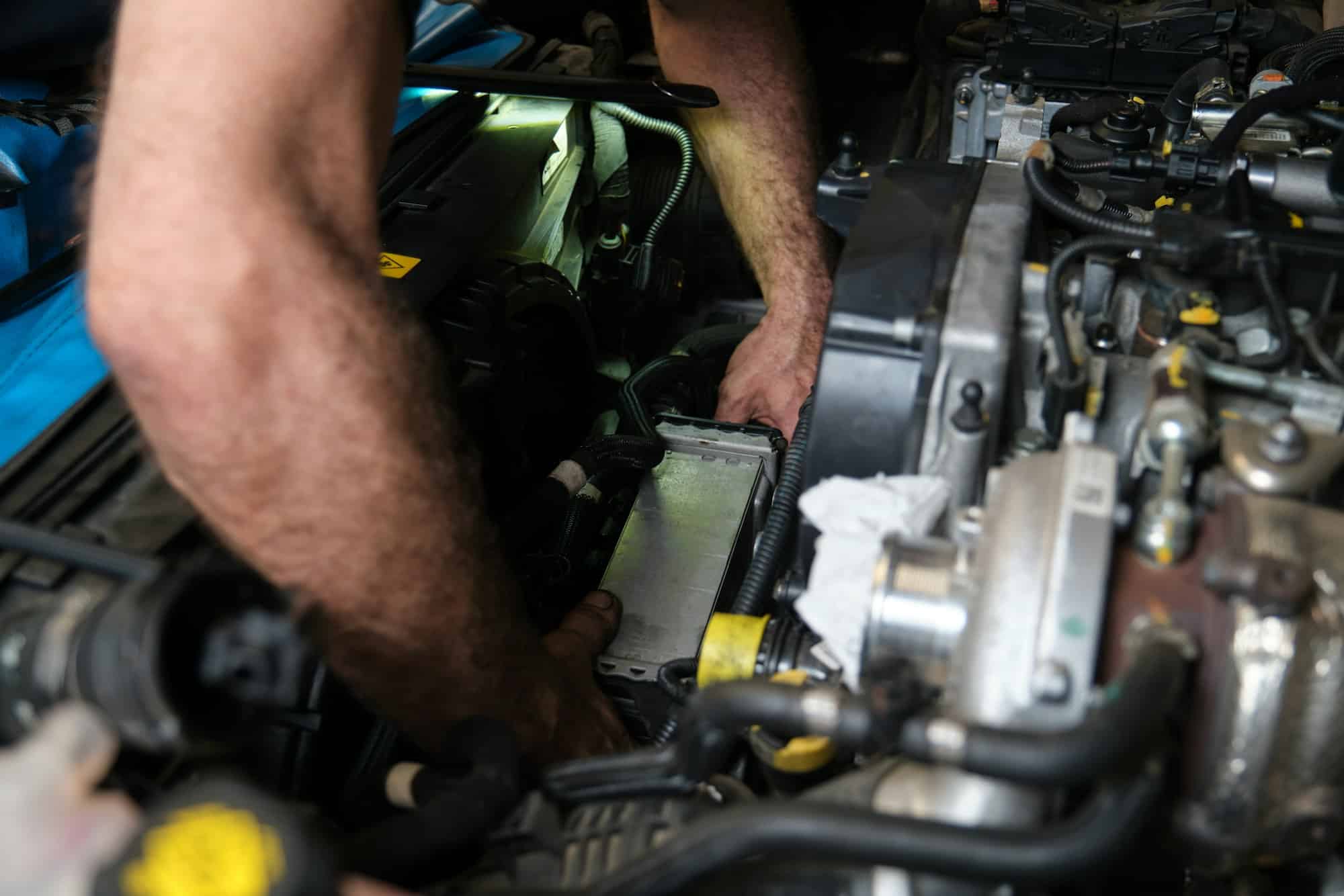How to Choose and Install a High-Efficiency Intercooler on a Mitsubishi Evo for Cooler Intake Air?

Setting the scene: You’ve recently invested in the high-performance Mitsubishi Evo, a model renowned for its stellar Evolution engine. Now, you’re keen to optimize its performance, boost power, and reduce heat stress on your engine. Enter the intercooler, a critical component in turbocharged vehicles like the Evo. So, buckle up as we journey through the process of choosing and installing an efficient intercooler for cooler intake air.
Understanding the Role Of An Intercooler
As a Mitsubishi Evo owner, understanding the role of an intercooler is fundamental. In nutshell, the intercooler is a type of heat exchanger designed to cool the air compressed by your turbo or supercharger, known as boost. This process of cooling the air intake enhances the performance of your engine.
Cela peut vous intéresser : Can You Improve Ride Quality in a Citroen DS3 with Aftermarket Shock Absorbers?
The reasoning behind this is simple – cooler air is denser and contains more oxygen molecules. With more oxygen, your engine can burn more fuel, thus producing more power. Moreover, reducing the temperature of the intake air also helps prevent detonation, a potentially damaging condition for your engine.
Factors to Consider When Choosing An Intercooler
Choosing an intercooler for your Evo should be done with care. You need to factor in several aspects such as the core type, the kit size, and the brand. Mishimoto, for instance, is a reputable brand known for its high-performance intercoolers.
En parallèle : How to Upgrade the HVAC System in a Classic VW Bus for Modern Climate Control Efficiency?
Core Type: The intercooler’s core is responsible for cooling down the compressed air. Two common types are Bar-and-Plate and Tube-and-Fin. The bar-and-plate design is more robust and efficient, making it an excellent choice for your Evo.
Kit Size: The size of the intercooler kit matters significantly. A bigger kit with larger piping allows more air to flow, reducing pressure drop and increasing power. However, it should still fit into the available space in your vehicle.
Brand: Opt for a reliable brand like Mishimoto, which is renowned for its superior intercoolers. They incorporate advanced technology for heat dissipation and improved engine performance.
Why Upgrade from Stock Intercooler?
Your Evo comes with a stock intercooler, but why consider an upgrade? Well, while the stock intercooler performs decently, it may not handle extreme conditions or prolonged performance driving. Under these situations, it might not efficiently cool the turbo’s compressed air, hence impacting the performance of your engine.
An upgraded intercooler can better handle the heat produced during high-intensity driving scenarios, safeguarding your engine’s health and boosting performance. It also offers a more efficient cooling process, ensuring the intake air is at an optimum temperature for power generation.
How to Install the Intercooler
Once you’ve chosen your ideal intercooler, the next step is installation. Here’s a step-by-step guide to help you install the intercooler on your Mitsubishi Evo:
Step 1: Remove the Bumper – You’ll need to remove your Evo’s front bumper to access the stock intercooler.
Step 2: Remove the Stock Intercooler – After accessing the stock intercooler, disconnect the piping and carefully remove it.
Step 3: Install the New Intercooler – Position your new intercooler correctly and secure it in place. It’s an excellent time to upgrade to larger piping for improved air flow.
Step 4: Connect the Piping – Connect the new piping to the intercooler. Make sure all connections are secure to prevent leaks.
Step 5: Reinstall the Bumper – Once you’ve installed the intercooler and connected it to the piping, it’s time to reinstall your bumper.
The Performance Impact of Your New Intercooler
With your new intercooler installed, you can expect a noticeable difference in performance. The more efficient cooling process will result in a denser air intake, which translates to increased power output from your engine.
Additionally, the upgraded intercooler will also help prolong the life of your engine. By ensuring the intake air is cooler, it prevents overheating, a common issue in turbocharged engines. This also helps maintain the overall health of your engine, ensuring it performs optimally for a longer time.
Ultimately, choosing and installing a high-performance intercooler is an excellent way to enhance the capabilities of your Mitsubishi Evo. Think of it as a significant upgrade that not only increases power but contributes to the longevity of your Evolution engine. It’s a win-win situation for any performance car enthusiast. Enjoy the drive!
Quick View on Upgrading to a Performance Intercooler versus Stock Intercooler
The main difference between a performance intercooler, like the Mishimoto or Wagner Tuning, and the stock intercooler that comes with your Mitsubishi Evo lies in their design and capacity to handle extreme conditions. An upgraded performance intercooler is engineered to provide superior cooling efficiency, thereby boosting engine performance.
Performance intercoolers, such as the Bar-and-Plate and Tube-and-Fin designs, are made to withstand higher boost levels and maintain cooler intake temperatures. The Bar-and-Plate core is robust, durable, and notably efficient, making it a popular upgrade for high-performance vehicles like the Mitsubishi Evo.
A performance intercooler upgrade kit might also include larger piping that enhances air flow and reduces pressure drop. Brands like Mishimoto offer complete kits, including the intercooler and larger piping, to ensure an easy upgrade process.
Moreover, brands such as Wagner Tuning offer race intercoolers designed specifically for high-speed, performance-driven scenarios. These race intercoolers are designed to cool the intake air efficiently, even under extreme driving conditions, thus optimizing the Evo’s power output.
Concluding Thoughts: Benefiting From Your Evo Intercooler Upgrade
To wrap things up, upgrading your Mitsubishi Lancer Evolution’s stock intercooler to a high-efficiency, performance intercooler can bring about substantial benefits. It can significantly boost your Evo’s power output, maintain cooler intake temperatures, and support the overall health of your engine.
The selection process might seem daunting, given the plethora of options available in the market. However, keeping in mind the key factors – core type, kit size, and brand – can help simplify this task. Opting for a reliable brand with a proven track record, such as Mishimoto or Wagner Tuning, can ensure you’re investing in a quality product.
Installation of the intercooler might require some time and patience, but with our step-by-step guide, the task should be manageable. Just remember, the front mount placement of the intercooler is crucial for the efficient cooling of intake air.
Ultimately, the benefits of upgrading to a performance intercooler for your Mitsubishi Evo far outweigh the effort and cost involved. Whether it’s a jaunt around town or a high-speed race on the track, you can confidently push your Evo’s limits knowing that the engine’s temperature is well-regulated and performance-optimized thanks to your upgraded intercooler. So gear up, hit the road, and experience the thrill of driving your newly enhanced Mitsubishi Lancer Evolution.
